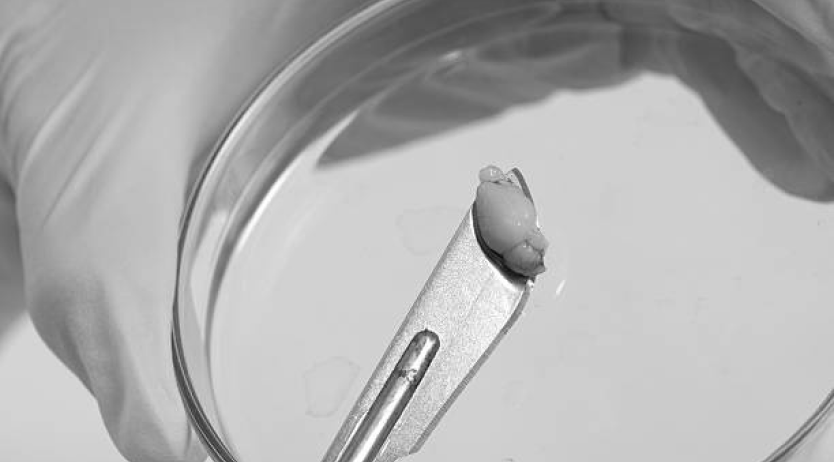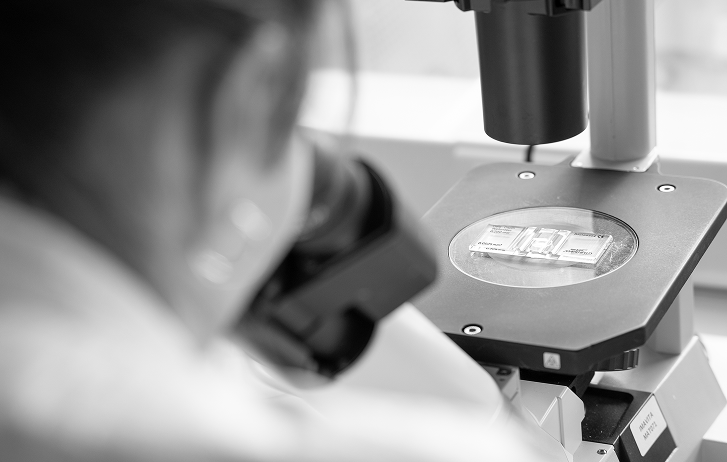Ex vivo preclinical CRO for advanced research
Imavita is a specialized ex vivo preclinical CRO, which offers innovative solutions to support drug discovery and development. Ex vivo models maintain the native tissue environment, enabling high-resolution insights into drug responses and biomarker evaluations. These services provide pharmaceutical companies, biotech firms, and research laboratories with reliable tools to explore complex cellular and molecular mechanisms.

Choosing ex vivo models for preclinical research
Ex vivo models retain the natural structure and functionality of tissues, providing more accurate insights into drug interactions.
They serve as a critical step between in vitro screening and in vivo studies, enhancing the predictive power of preclinical evaluations.
By maximizing the data obtained from tissue samples, ex vivo studies reduce animal usage, aligning with ethical research practices and 3Rs rules.
The expertise of Imavita in ex vivo models
Organ Cultures: Maintain tissue-specific architecture to study localized drug effects.
Slice Cultures: Explore cellular responses while preserving microenvironment interactions.
Perfused Organ Systems: Assess drug disposition and metabolism in isolated organs under controlled conditions.
Explants: Preserve tissue integrity and microenvironment, enabling physiologically relevant drug response assessment.
Assessment of drug-target interactions and therapeutic responses by quantifying the expression of molecular markers.
Our ex vivo models are tailored for various research areas.

Advanced imaging techniques applied to ex vivo models
To complement and validate in vivo imaging, Imavita performs the following ex vivo imaging modalities:
- Histology and Optical Microscopy: Detailed cellular analysis with fluorescence or classical staining techniques.
- MALDI/MS Imaging in partnership: Molecular imaging to map drug distribution.
- Confocal and Electron Microscopy (SEM): Explore ultra-structural details of tissues.
Why partner with Imavita as your ex vivo preclinical CRO
Customizable ex vivo platforms designed to address your unique research objectives.
Extensive experience in dermatology, oncology, and osteo-articular, and also a strong adaptability in physiopathology in various domains.
Enhance your preclinical research with Imavita’s tailored ex vivo models.
What are ex vivo models?
Ex vivo models allow the study of tissues or organs outside the living organism while maintaining their natural structure and functionality. These models provide high-resolution insights into drug responses and biomarker modulation.
How do ex vivo models complement in vivo studies?
Ex vivo models serve as an intermediate step between in vitro and in vivo research. They allow for localized and controlled studies of drug effects, reducing the need for extensive in vivo testing.
What imaging techniques are used in ex vivo studies?
Imavita utilizes advanced imaging technologies such as histology, fluorescence microscopy, micro-CT and MALDI/MS imaging to analyze tissue structure and drug distribution.